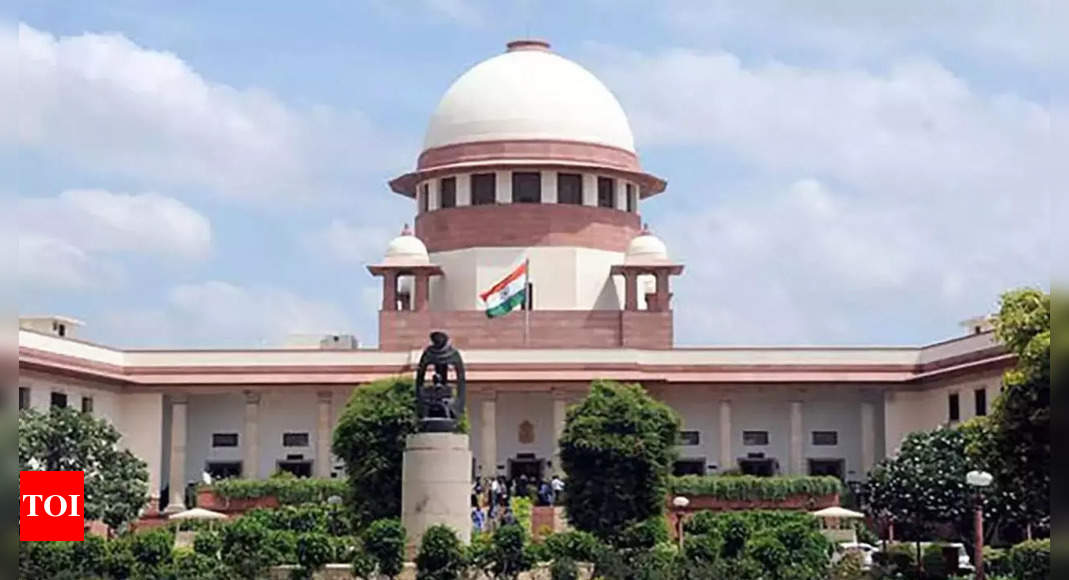
The group that successfully sued Harvard to end affirmative action in university admissions last year is now threatening to investigate whether schools are complying with the new rules and to file lawsuits if it believes that they are not. The group, Students for Fair Admissions, has focused on three universities – Princeton, Yale and Duke – where there were notable declines in Asian American enrollment this year compared with last year, which the group said defied expectations.
On Tuesday, Students for Fair Admissions sent letters to the schools questioning whether they were complying with rules laid out by the Supreme Court. Princeton, Duke and Yale also saw minor differences in black and Hispanic enrollment in the first class of students admitted since the court struck down race-conscious admissions.
The group, a nonprofit that opposes race-based admissions and that represented Asian students in the lawsuit against Harvard, suggested that it was setting itself up as an enforcer of the new rules. “Based on S.F.F.A.’s extensive experience, your racial numbers are not possible under true neutrality,” the letters, signed by Edward Blum, the president of Students for Fair Admissions, said.
It was one of the first shots across the bow at universities struggling to comply with the court’s order while maintaining a diverse student body, and a sign that the fight over race-conscious admissions did not end with the SC’s decision. The threatening letters also gave universities – which have been notoriously secretive about their admissions procedures – even more incentive to be opaque.
OiYan Poon, a researcher of college admissions systems and the author of a book about the affirmative action debate, said Blum had jumped the gun with his letters. Admissions numbers fluctuate, she said, and one year is too soon to draw conclusions. Among the variables shaping the current numbers is the jump in the percentage of students who chose not to check the boxes for race and ethnicity on their applications. At Princeton, for instance, that number rose to 7.7% this year from just 1.8% last year. “We’ve carefully adhered to the requirements set out by the SC,” a spokesperson for Princeton, said. Yale and Duke did not comment.
Asian American enrollment dropped to 29% from 35% at Duke; to 24% from 30% at Yale; and to 23.8% from 26% at Princeton. Black enrollment rose to 13% from 12% at Duke; stayed at 14% at Yale; and dropped to 8.9% from 9% at Princeton.
In the court case, Harvard, supported by others like Yale, Princeton and Duke, argued that considering race as one of many factors in an application was the best way to achieve diversity in college classes. The SC ruled that giving preferences to students based on race violated the equal protection clause of the 14th Amendment. To comply with the court’s decision, colleges did not allow their admissions officers to see the boxes where applicants checked off their race or ethnicity until after students had been admitted.
On Tuesday, Students for Fair Admissions sent letters to the schools questioning whether they were complying with rules laid out by the Supreme Court. Princeton, Duke and Yale also saw minor differences in black and Hispanic enrollment in the first class of students admitted since the court struck down race-conscious admissions.
The group, a nonprofit that opposes race-based admissions and that represented Asian students in the lawsuit against Harvard, suggested that it was setting itself up as an enforcer of the new rules. “Based on S.F.F.A.’s extensive experience, your racial numbers are not possible under true neutrality,” the letters, signed by Edward Blum, the president of Students for Fair Admissions, said.
It was one of the first shots across the bow at universities struggling to comply with the court’s order while maintaining a diverse student body, and a sign that the fight over race-conscious admissions did not end with the SC’s decision. The threatening letters also gave universities – which have been notoriously secretive about their admissions procedures – even more incentive to be opaque.
OiYan Poon, a researcher of college admissions systems and the author of a book about the affirmative action debate, said Blum had jumped the gun with his letters. Admissions numbers fluctuate, she said, and one year is too soon to draw conclusions. Among the variables shaping the current numbers is the jump in the percentage of students who chose not to check the boxes for race and ethnicity on their applications. At Princeton, for instance, that number rose to 7.7% this year from just 1.8% last year. “We’ve carefully adhered to the requirements set out by the SC,” a spokesperson for Princeton, said. Yale and Duke did not comment.
Asian American enrollment dropped to 29% from 35% at Duke; to 24% from 30% at Yale; and to 23.8% from 26% at Princeton. Black enrollment rose to 13% from 12% at Duke; stayed at 14% at Yale; and dropped to 8.9% from 9% at Princeton.
In the court case, Harvard, supported by others like Yale, Princeton and Duke, argued that considering race as one of many factors in an application was the best way to achieve diversity in college classes. The SC ruled that giving preferences to students based on race violated the equal protection clause of the 14th Amendment. To comply with the court’s decision, colleges did not allow their admissions officers to see the boxes where applicants checked off their race or ethnicity until after students had been admitted.









